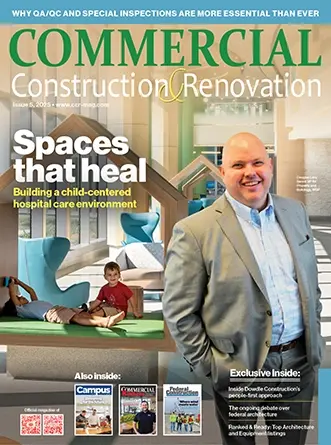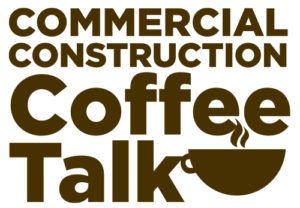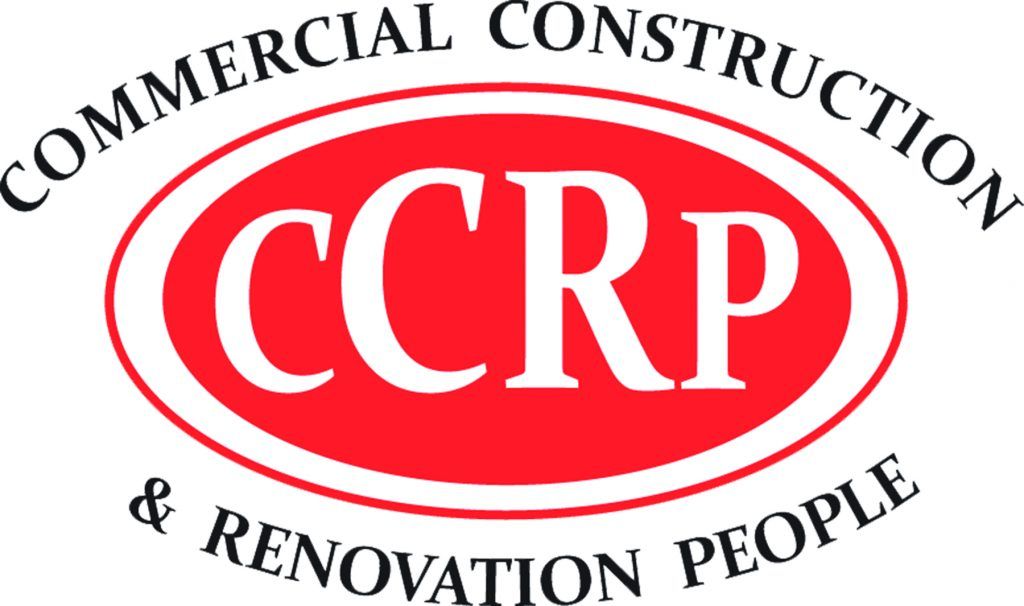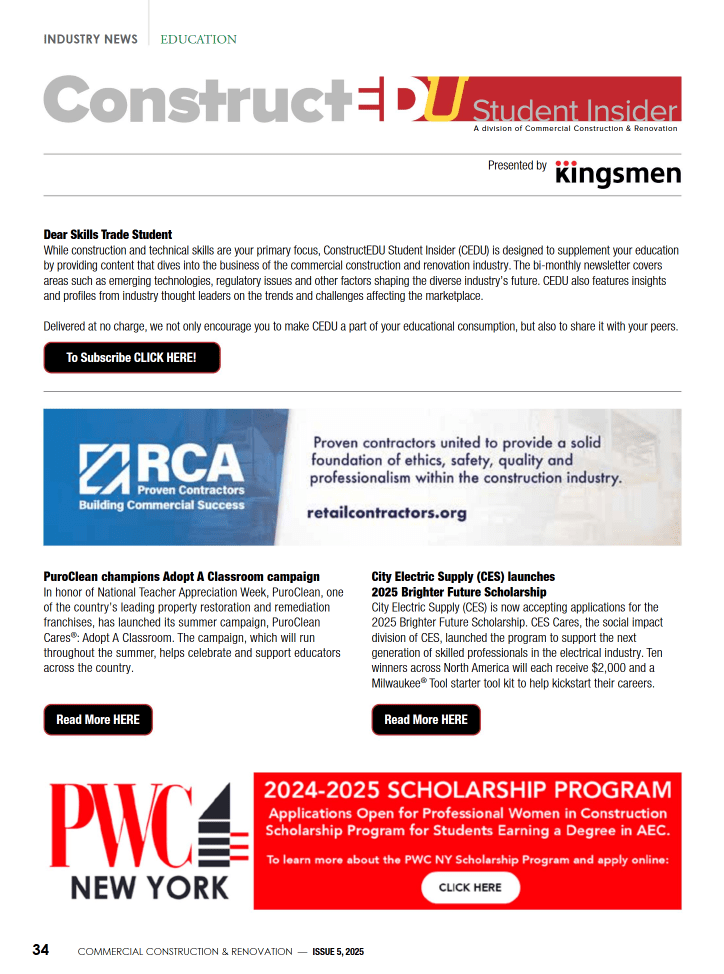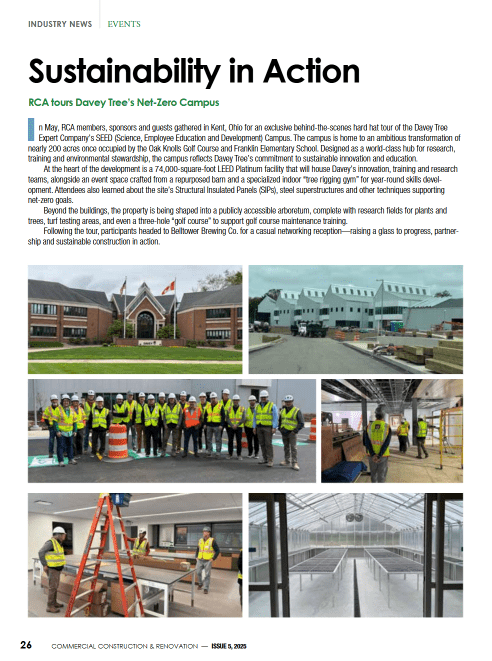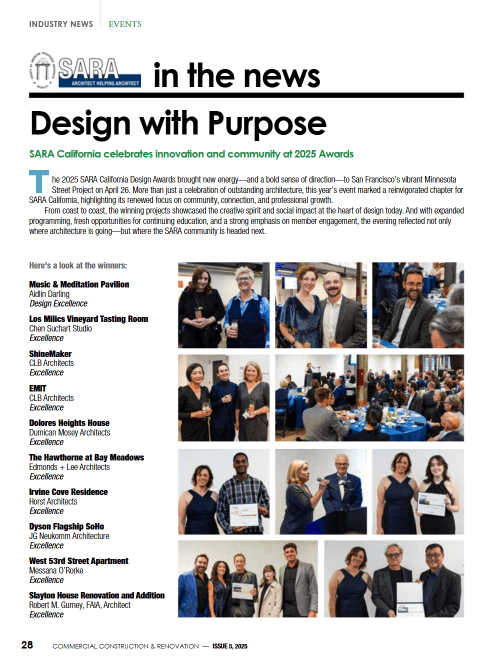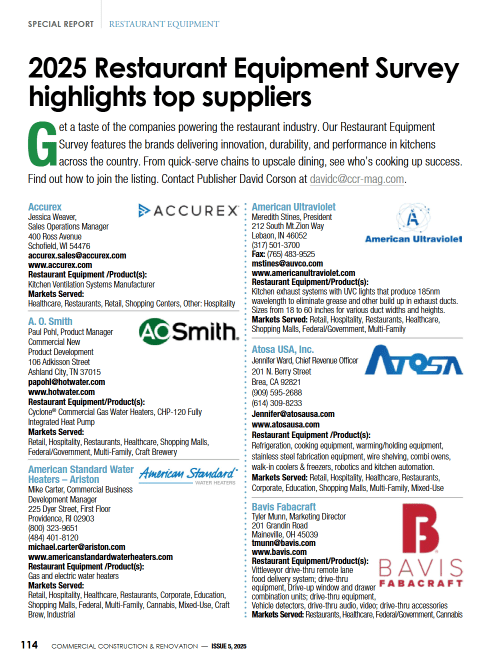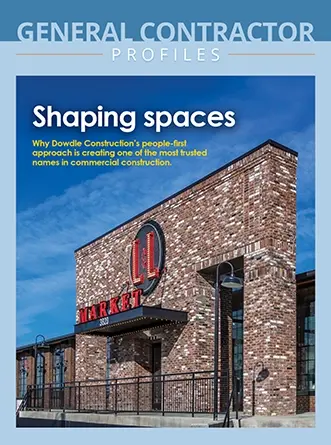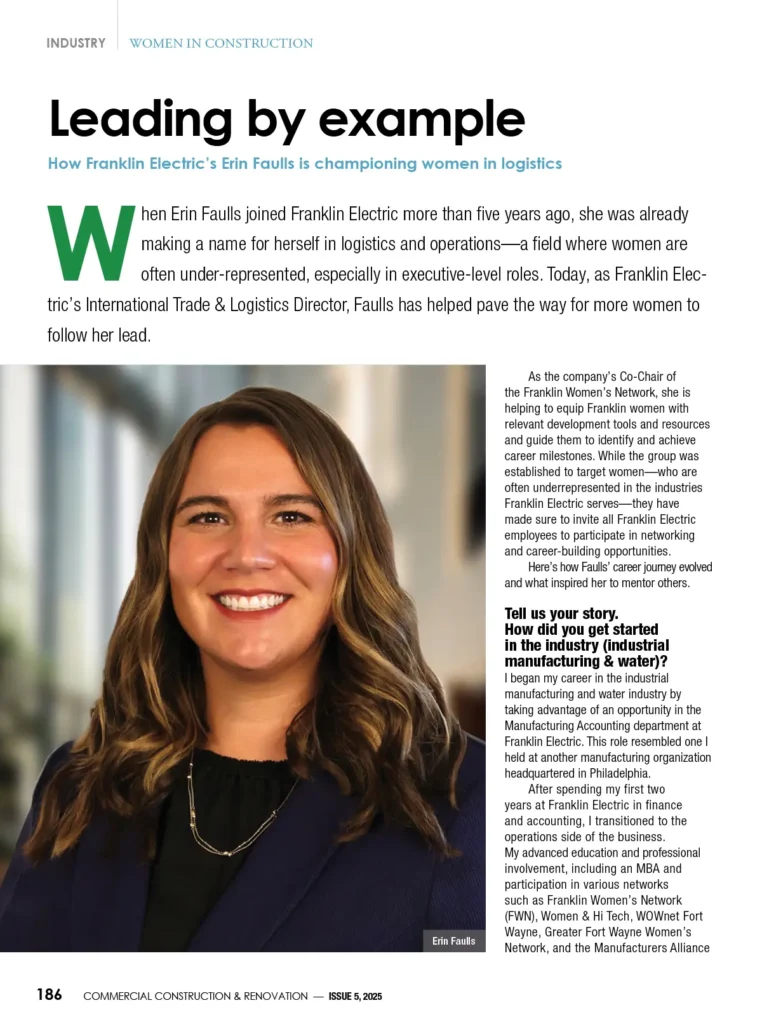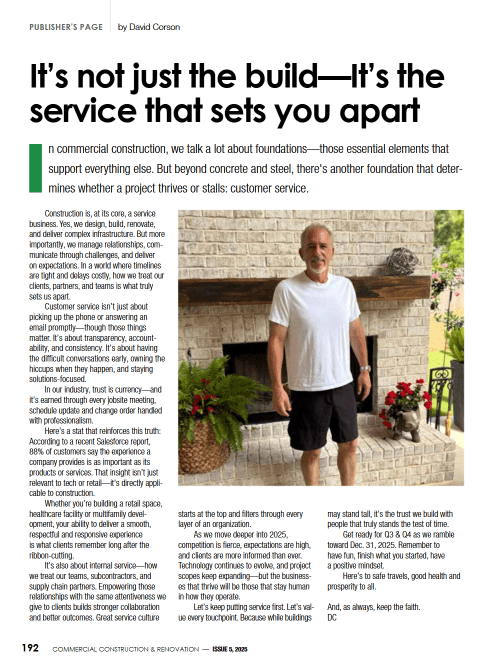Nonresidential construction spending fell in December 2015 but concluded with a year-over-year gain, according to the Marcum Commercial Construction Index for Q4 2015. The national accounting firm’s chief construction economist, Anirban Basu, who authored the report, attributed the month-over-month dip to depressed construction materials prices, while pointing to expanding backlogs and a new federal highway bill as reasons for optimism.
During 2015’s final month, nonresidential spending totaled $681.2 billion, an 8.1% increase over the previous year. Only four of 16 nonresidential construction sectors experienced spending increases for the month, including Highway and Street (9.6% on a monthly basis and 11.7 % on a yearly basis), Communication (4% and 37.2%), Sewage and Waste Disposal (1.3% and 9.7%), and Amusement and Recreation (0.5% and 9.2%).
Of the 12 subsectors that saw a monthly spending decline in December, more than half registered increases year-over-year. These included Lodging (-1.3% month-over-month and 29.1% year-over-year), Office (-1.8% and 16.6%), Healthcare (-3.2% and 0.4%), Educational (-0.8% and 10.0%), Transportation (-0.8% and 2.3%), Power (-0.3% and 7.6%), and Manufacturing (-7.2% and 19.6%).
Construction Employment
The Marcum index also reports that employments gains – the one outperforming economic variable over the previous year – have slowed. The U.S. added 151,000 net new position in January 2016, compared to 262,000 net new jobs in December 2015. Employment growth in the construction industry also stalled in January. While the construction industry added 18,000 net new jobs for the month, only 2,900 were associated with the nonresidential sector. Nonresidential specialty trade contractors lost 2,400 jobs in year’s first month.

